f.lux® | automatic eye-friendly color adjustment according to the time of day | Blue Light Calibration for PC | free download for Windows and MacOS
Download f.lux® free of charge for Windows and MacOS. This software enables the automatic, eye-friendly color adjustment of the monitor according to the time of day. This also includes calibrating the proportion of blue light.
With f.lux, the monitor adapts to the ambient light in the room, depending on the time of day and the room lighting. Sunrise or sunset, f.lux adjusts the color setting of the monitor – automatically!
Download, after the order
€ 0,00 (€ 0,00 excl. VAT)
f.lux® enables the automatic, eye-friendly color adjustment of the PC monitor according to the time of day to protect the eyes. This also includes the calibration of the blue light component. Download now for free for Windows and MacOS.
Nowadays, displays are an integral part of everyday life, as they follow us throughout the day. From mobile phones and smartphones as digital assistants, to monitors from computers to televisions. This is supplemented by the modern LED lighting, the smartwatch on the wrist and of course we must not forget the tablet. All this has one thing in common – high blue content in the light spectrum of the display and modern lighting technology. This excess of blue light has high potential for corresponding consequences.
Too much ultraviolet and blue/violet light can damage the eyes. It can not only lead to painful inflammation of the conjunctiva and cornea, but also to chronic damage such as damage to the lens of the eye (cataracts) and in particular to the retina (macular degeneration). A degenerated macula inevitably leads to loss of vision or even blindness and is often not curable.
Blue light as a risk factor of VDU work in everyday work
Blue light filter glasses are an effective way to prevent macular degeneration. These massively reduce the blue light that finally hits the eye. This software for MacOS is another alternative for reducing the blue light component of the monitor. f.lux® automatically adjusts the color temperature of the monitor to the room environment, ie. during the day the monitor is bright as if standing in the sunshine and in the evening it is adjusted to the natural environment and the prevailing color spectrum.
Functional scope and effect of f.lux®
- Ever notice how people texting at night have that eerie blue glow?
- Or wake up to write down the Next Great Idea and be blinded by the computer screen?
- During the day, PC displays look great – they’re designed to look bright with vibrant colors like the sun. But at 9pm, 10pm, or 3am, you probably shouldn’t be looking at the sun.
With f.lux your computer screen always looks like the room you are in. When the sun goes down, your computer looks like your indoor lights. In the morning it looks like sunlight again.
And this is to do after installation:
f.lux only needs the information about the lighting in the room and the address for the geolocation according to the time of the sun’s position. The rest happens automatically.
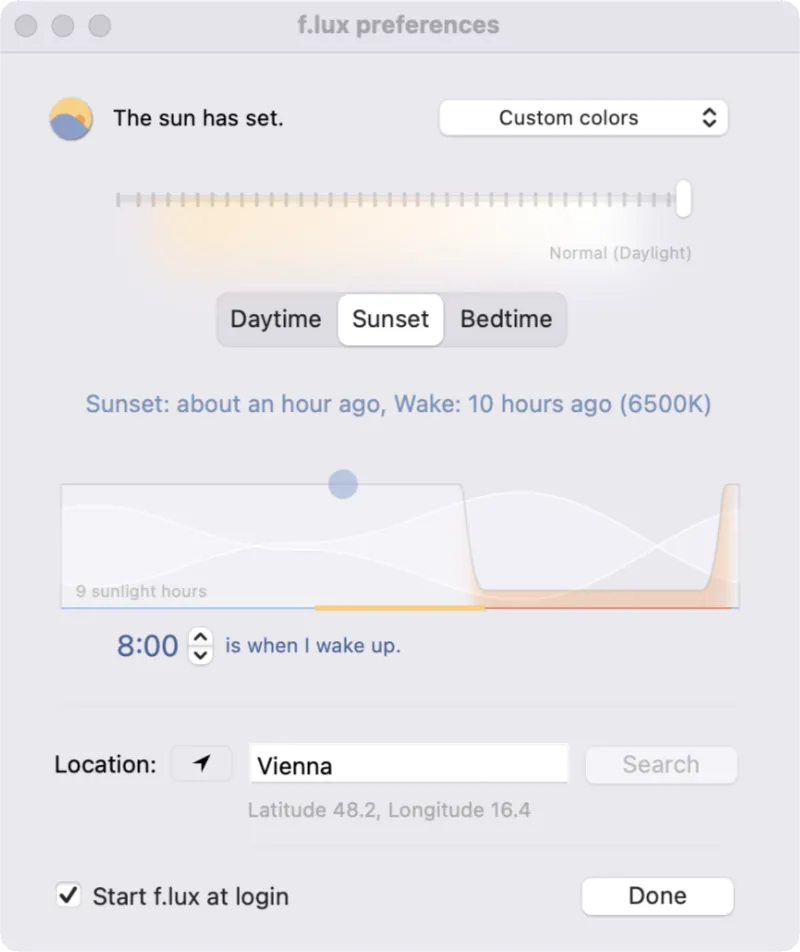
Blue light. How much blue light do we need and when do we need to protect ourselves from it?
Much discussed at the moment: the good and the harmful properties of blue light. On the one hand, blue light is praised as a helpful remedy for winter depression or sleep disorders. On the other hand, blue light can cause lasting damage to the eye. What is the truth about blue light, and why has the artificial light that affects us every day changed? Why does our organism need the biological influence of this light spectrum, and how should and can we still protect ourselves from harmful blue light radiation?
The good thing about blue light
Light is not just for people to see. Light is also an important clock for our biological clock and our well-being. Light influences whether we are awake, focused and efficient and whether we feel fit and healthy.
Scientific studies have confirmed the biological effect of light on our organism. Ultraviolet light, for example, has an impact on the vitamin balance. The perception of brightness and in particular the proportion of blue light, for example, helps control our hormonal balance. Hormones in the body regulate how people feel, but also how they sleep and wake up. In daylight, the blue component in the light is relatively high, while it decreases sharply in the evening.
When it’s light, the body releases serotonin, also known as the happiness hormone, and cortisol, a stress hormone – both substances make you feel awake and productive. Melatonin, on the other hand, is known as the sleep hormone and makes you tired and sleep soundly in the dark.
Light – especially the blue light that hits our retinas – is responsible for our psychological well-being. Light therapy can therefore be used successfully for winter depression and sleep disorders. But as so often: the dose makes the poison. Overdosing on light exposure also carries risks and can even lead to various harms.

The Harmfulness of Blue Light
Too much ultraviolet and blue/violet light can damage the eyes. It can not only lead to painful inflammation of the conjunctiva and cornea, but also to chronic damage such as damage to the lens of the eye (cataracts) and in particular to the retina (macular degeneration). A degenerated macula inevitably leads to loss of vision or even blindness and is often not curable.
It should therefore be a matter of course to wear sunglasses with 100% UV-A and UV-B protection in strong sunlight – especially in connection with strong reflections such as in the mountains with snow or on the water.
Our new world: light sources with a significantly increased blue light component!
LED light, xenon light, energy-saving light bulbs and practically all displays: these “new light sources” contain a higher proportion of blue light than the classic old light bulb. All in all, we are exposed to blue light considerably more than we used to be. And this can have a detrimental effect on our vision.
There are currently two approaches to counteract macular degeneration. Glasses with blue light filter and lutein as an important nutrient for the eyes. The f.lux software is a further attempt to create protection against the harmful effects of blue light on the eye directly on the PC monitor.
| Operating system | Windows, MacOS |
|---|---|
| Language | english |
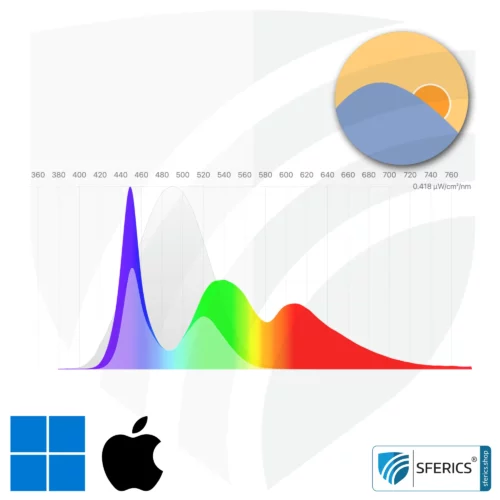 f.lux® | automatic eye-friendly color adjustment according to the time of day | Blue Light Calibration for PC | free download for Windows and MacOS
f.lux® | automatic eye-friendly color adjustment according to the time of day | Blue Light Calibration for PC | free download for Windows and MacOS
You may also like…




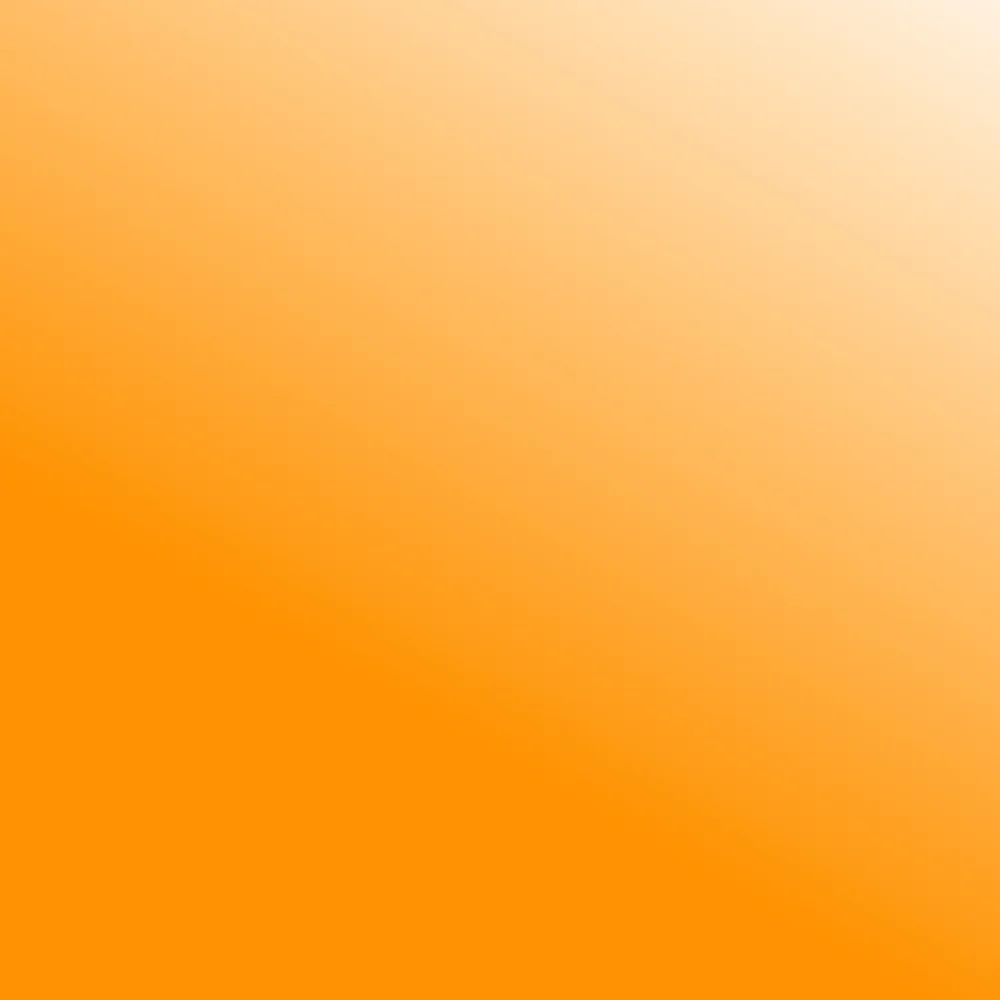











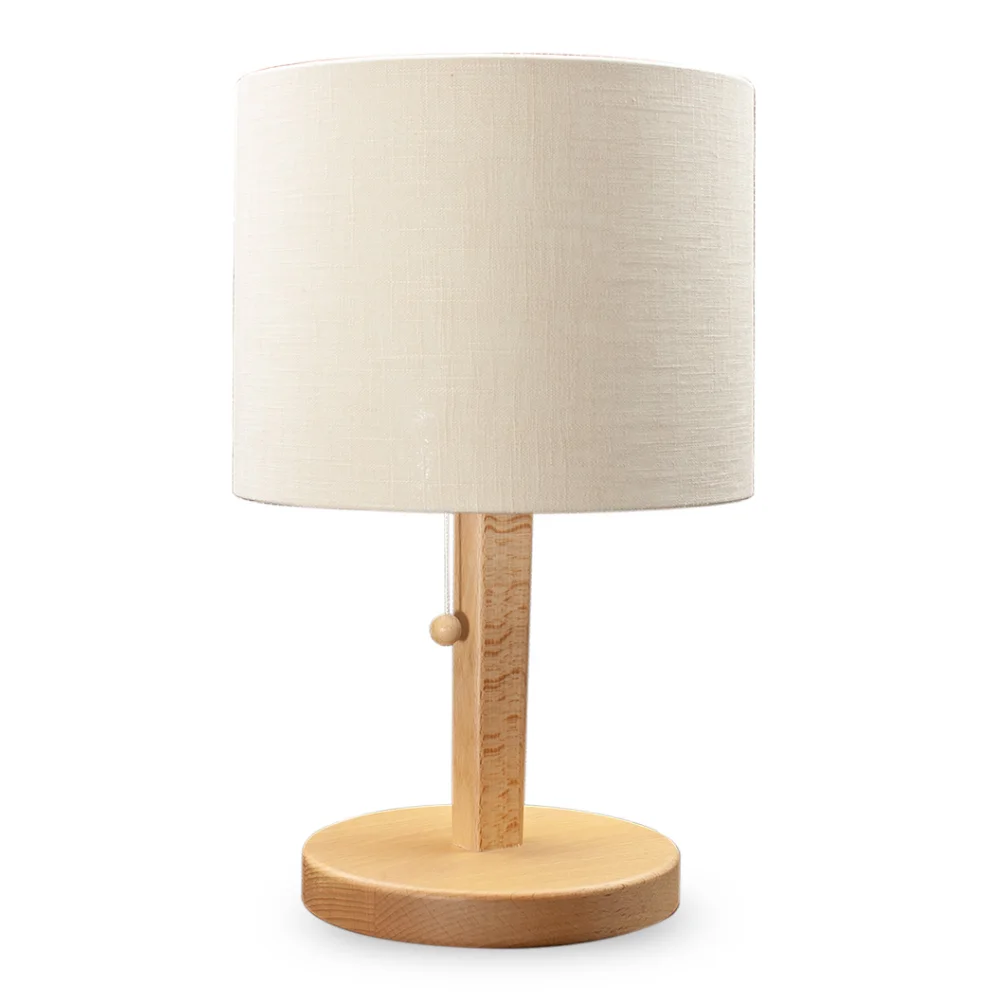












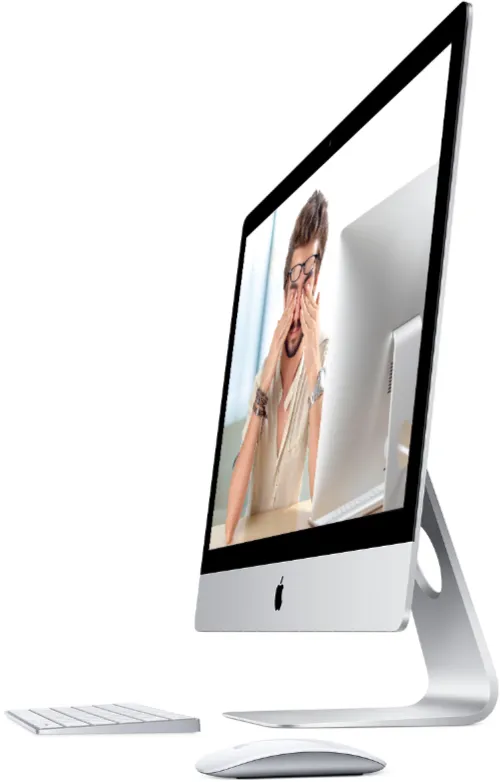


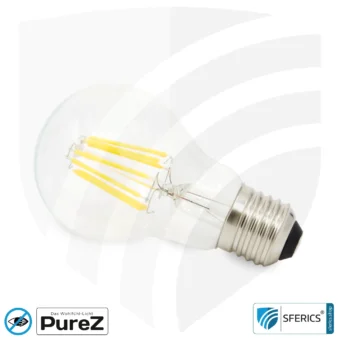











Reviews
There are no reviews yet